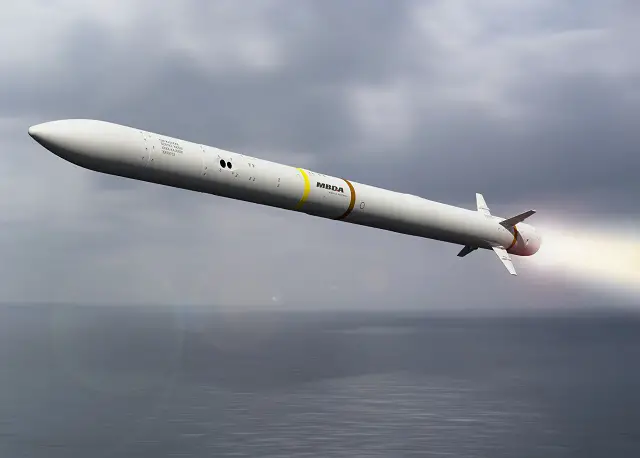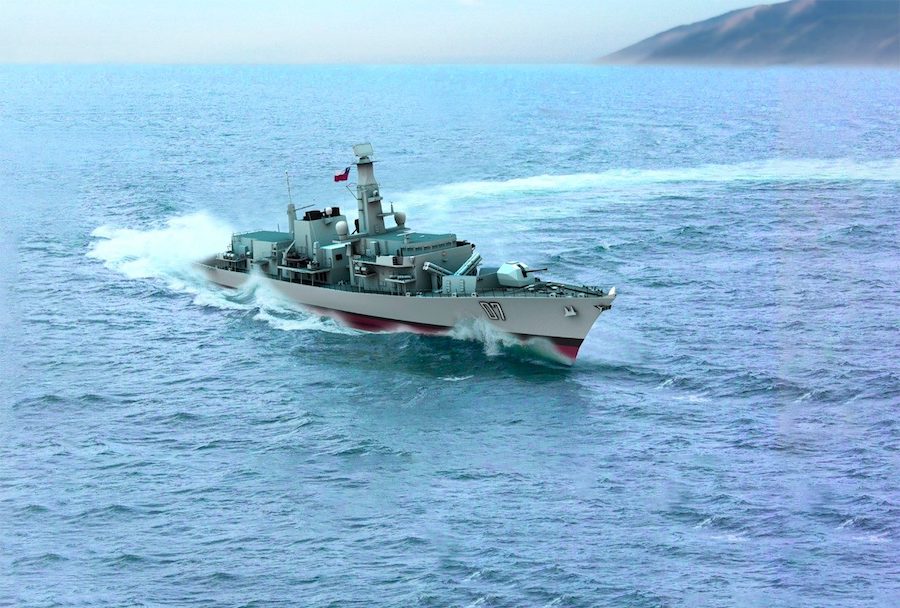This is true, Oz seems to oscillate at times. Although I imagine Oz will be much more skeptical in the future on certain platforms given recent issues. Although probably more about specific promises from certain European companies and a continental approach. Certainly. However on munitions, Australia does tend to stick to American. The Mu90 is probably an interesting case in point (and a case where Australia acquired and operates both types on the same vessel - and for how much longer). Arguably the CMS330 is more "American" than the Saab 9lv. I think I have come around on the combat system change, I am now thinking the CMS330 makes loads of sense for NZ.
And I assume the CMS selection had a lot to do with the entire upgrade occurring in Canada? Given they had to integrate it?.
I think I am phrasing my question perhaps too definitively. Sorry.
2012 is an interesting time, the Exls even as an insert fire option didn't happen until late 2013. So then before that it would have been seawolf and Sylver? Timing does seem critical.
Here is a link about the announcement of CAMM Oct 2013.
The New Zealand MoD has confirmed its preferred tenderers for the Royal New Zealand Navy’s (RNZN) ANZAC Frigate Systems Upgrade project to include MBDA as the provider of Sea Ceptor for the Local Area Air Defence (LAAD) system; subject to the New Zealand (NZ) Government’s final approval to...

www.navyrecognition.com
It was widely thought that in NZ case it would be dropped into the mk41. But the decision might have been made before that fire proved the concept, and the mk41 adapter was developed in amazingly quick time <10 months from a licensing deal being struck, being a priority, linking euro and US systems and markets.
Much discussion has been caused by the Type 26 model shown at DSEI 2013, as this new model showed just 16 VLS Strike Length cells ins...

ukarmedforcescommentary.blogspot.com
It also discusses possible use of the Sylver launcher, which is often promoted as being more compact and lighter (but which may not be the case, depending on application). Also the evolution of what the Type 26 was going to carry in terms of VLS.
Australia started upgrading its ANZACs back in 2010 and completed the first trials back in 2011. The Australian ASMD upgrade would have been a known quantity, but has limitations and downsides. The FFG up was also met with questionable value (
Australias Hazard(ous) Frigate Upgrades: Done at Last) and the Anzac ASMD was with significant risk. All upgrades on all AU Anzacs ships completed by 2017 (with perhaps surprising success and value), at which point the AMCAP rolled out moving things to the next level. Then later the BlkII ESSM will roll out, and other future upgrades.
Of course at any stage politics can interfere, Australia delayed its Hobart's construction (or subs, like for a decade), purely for political reasons, blowing out costs and increasing time. It can happen to anyone, and sits above and beyond the project scope and control.
Going back to 2012 - NZ and Australia just seem to want different things. Australia definitely wanted ESSM, 32 missile fire power, the biggest and most advanced radar it could fit (and derisk its future frigates) and was willing to compromise sea keeping, growth margins, and a CIWS. NZ found CAMM appealing, for logical reasons, including not requiring illuminators, and being a more independent munition. Better and more capable in the short to medium range and offering features Bk II may eventually offer, but RAN has not yet got, also strength in a purely defensive role, with its CIWS. CMS330 is a nice system and gives future support going forward. AU 9LV is likely to evolve into something a bit different as its going to be integrated with Aegis on combatants (and CMS330 being evolved out of aegis libraries and standards).
While ESSM has a strong minimum engagement distance, its not zero. Any threat <.5-1km is likely to be too close to engage with ESSM. Australian Anzacs have a weakness, its asymmetric threats. Australia has a vision of probably more higher order threats, at greater distance. But Australia does have other assets. Hobarts, LHD with tigers, Hellfire from romeos, fast air support. Its unlikely to be out of its depth in that regard.
CAMM has similar (perhaps slightly even better) minimum engagement distance, and with a CIWS, can do something about fast moving threats within that range. NZ probably has a vision of dealing with closer less conventional threats.
Sorry, just a bit of exploring





